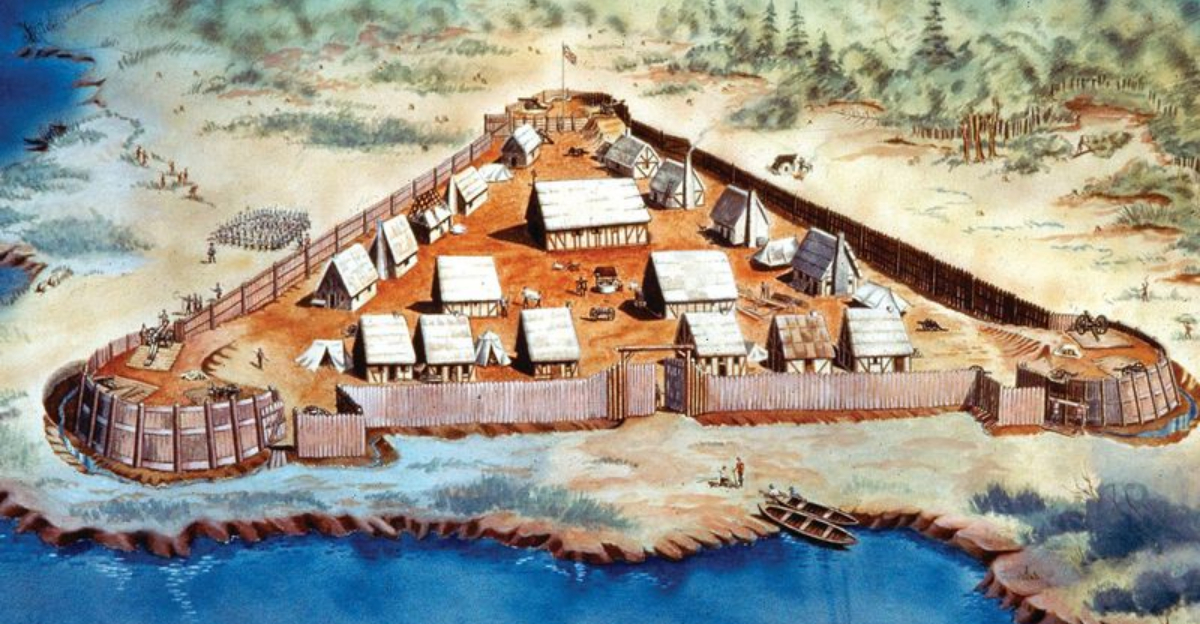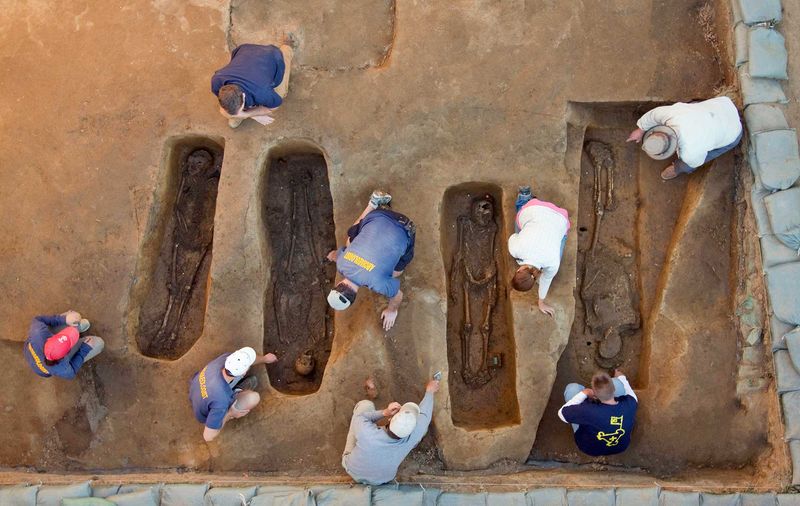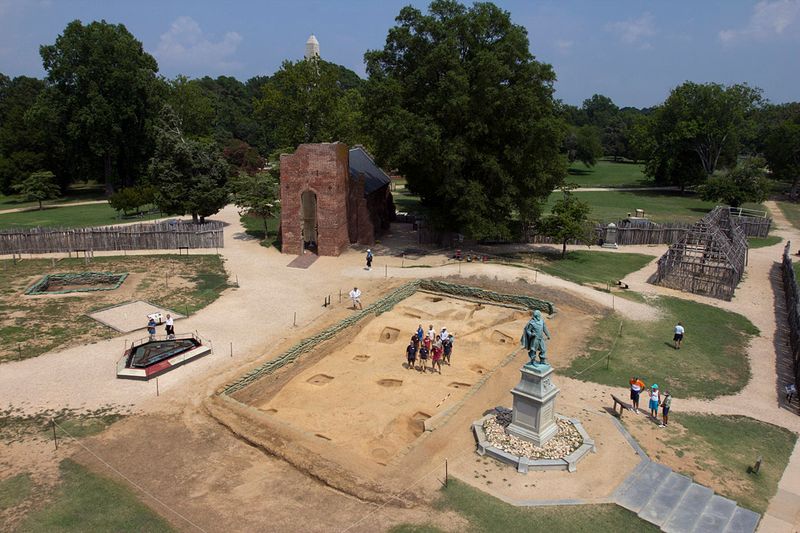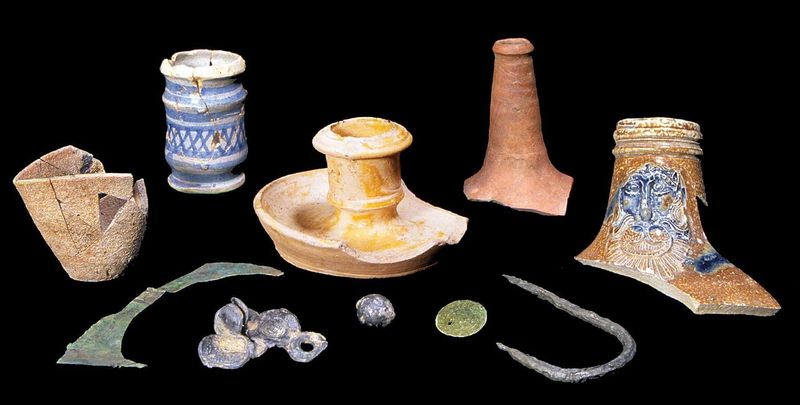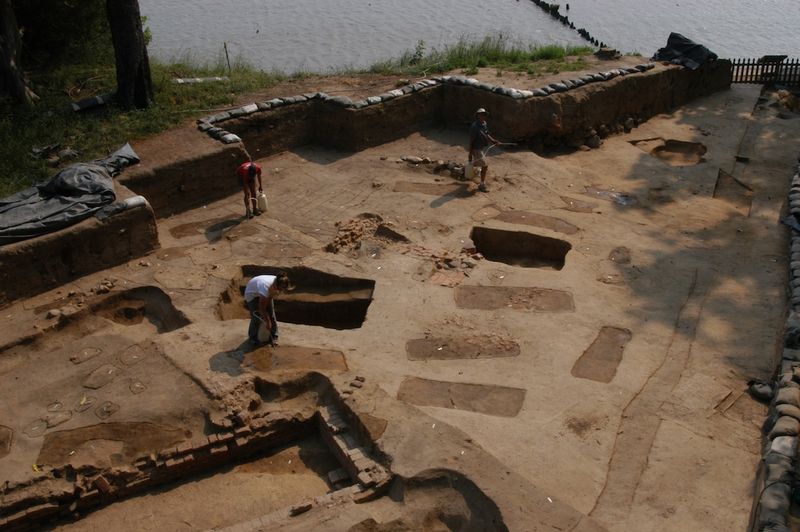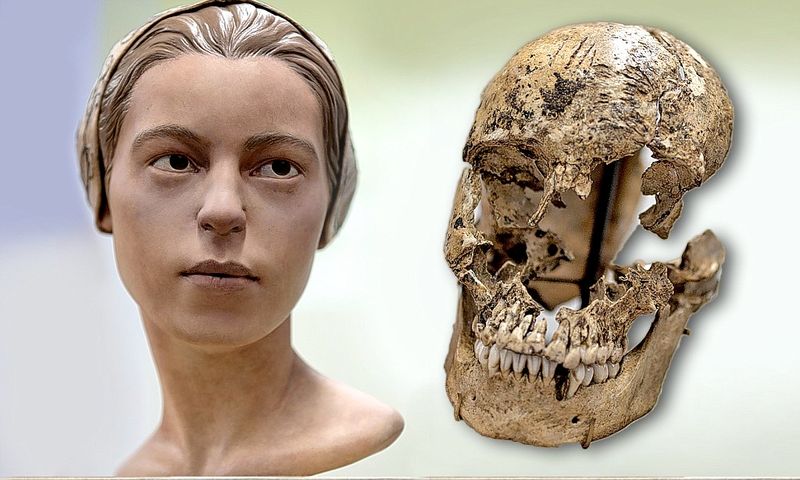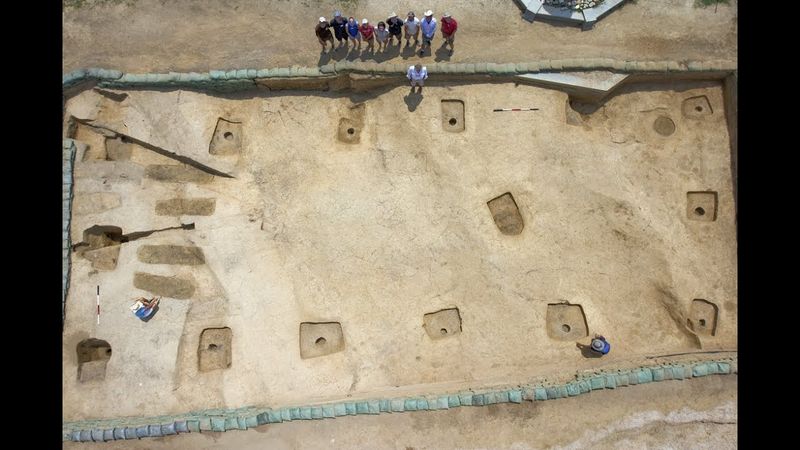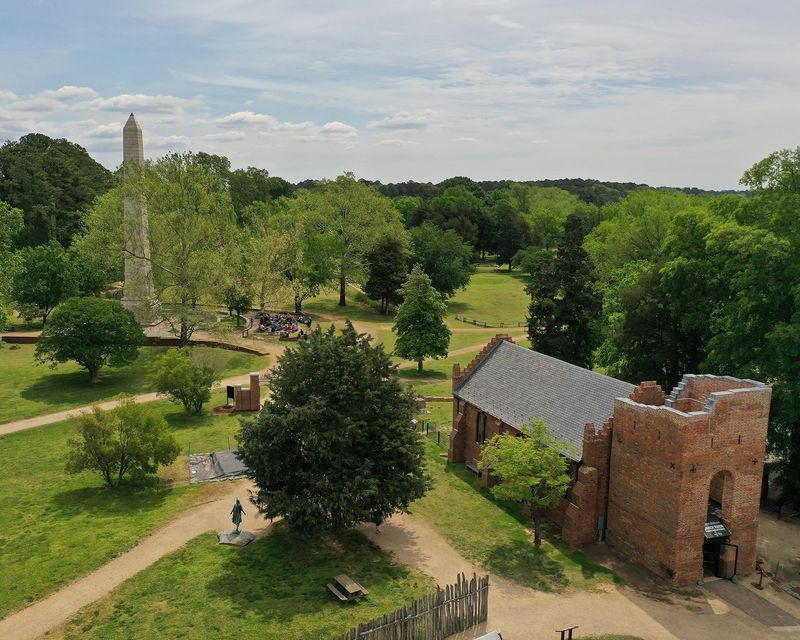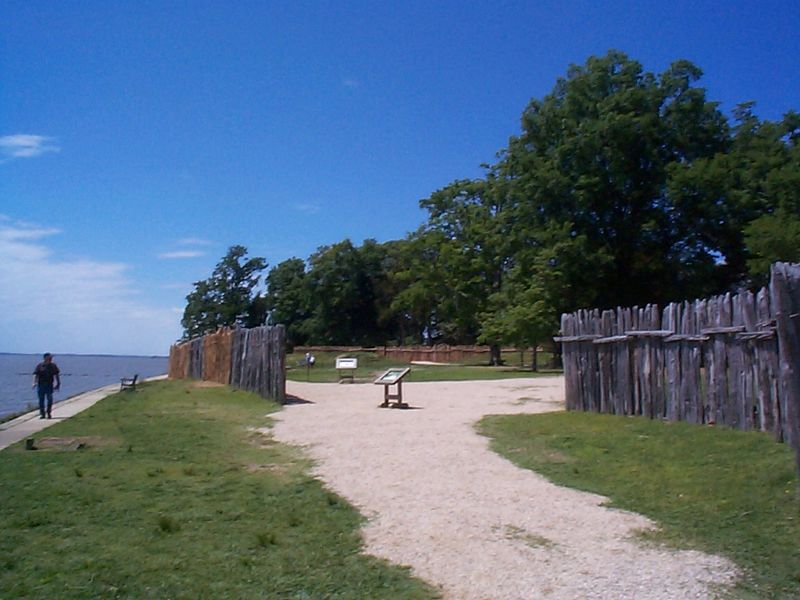Explore the intriguing journey of Jamestown, America’s oldest colony, once believed lost to history. Rediscovered in the 1990s, it unveiled secrets of early colonial life. From mysterious artifacts to tales of endurance, each fact reveals a unique facet of this pivotal settlement. Join us on a captivating exploration of discovery, resilience, and cultural fusion that shaped the early American narrative.
1. The Fort Was Thought Lost Forever
For over a century, the original James Fort was believed lost to erosion, claimed by the James River’s relentless encroachment. Many historians assumed it had vanished beneath the waves. The fort’s secrets seemed destined to remain hidden, whispers of a bygone era. Yet, amidst this shadowy history, a spark of hope endured. In the 1990s, determined archaeologists shattered assumptions. Their discovery unearthed not only the fort’s physical remnants but also a treasure trove of historical insights. This revelation was more than an archaeological triumph; it was a bridge to America’s colonial past.
2. Rediscovery Didn’t Happen Until 1994
Despite its monumental historical significance, James Fort remained hidden until 1994. It was Dr. William Kelso’s determination and expertise that finally unveiled its secrets. Nearly 400 years after its original construction, the fort’s rediscovery was a turning point. This wasn’t merely a dig; it was a journey back in time, connecting contemporary minds with the courageous spirit of early settlers. The discovery resonated with a sense of wonder and historical gravity, reopening narratives long believed sealed. Dr. Kelso’s historic excavation redefined our understanding of America’s origins.
3. More Than 3 Million Artifacts Have Been Found
The Jamestown Rediscovery team has meticulously uncovered over 3 million artifacts, each piece a silent storyteller. Among the treasures found are weapons, armor, tools, coins, and religious relics. These artifacts weave a rich tapestry of daily life in the early colony, offering glimpses into the lives of its inhabitants. Each discovery adds depth to the historical narrative, revealing struggles, triumphs, and a convergence of cultures. This extensive collection is a testament to the fort’s vibrant past, as well as the team’s dedication to preserving history.
4. They Found the Remains of the Original Palisade Wall
In a remarkable turn of events, archaeologists uncovered the remains of the fort’s palisade wall. Thought to be lost forever, the discovery of these postholes and soil stains marked the exact footprint of the fort’s once-grand triangular wooden walls. This find was not just about wooden barriers; it was a resurrection of the fort’s original spirit and resilience. The palisade’s outline spoke of protection, community, and survival against the unknown, serving as a poignant reminder of the settlers’ perseverance in a new world fraught with challenges.
5. Four of the Original Settlers Were Identified by Name
Through forensic analysis and meticulous research, archaeologists identified four original settlers by name. Among them, Captain Gabriel Archer stood out, his burial site revealing a mysterious silver box. This artifact hinted at secret Catholic worship, adding layers of intrigue to his story. The identification of these settlers transformed anonymous figures into individuals with rich histories. Their stories, once obscured by time, now enrich our understanding of colonial life. Each name uncovered is a testament to the enduring human spirit, a narrative of courage amidst uncertainty.
6. The Site Revealed Evidence of Starvation Cannibalism
In a shocking revelation, the partial remains of a 14-year-old English girl, nicknamed “Jane,” revealed evidence of cannibalism during the harsh winter of 1609–1610. Her bones bore clear cut marks, a grim testament to the dire conditions the settlers faced. This discovery brought to light the extreme measures taken during the “Starving Time”—a period of desperation and survival. Her remains connect us to a darker chapter of Jamestown’s history.
7. A Church Was Found Inside the Fort
The rediscovery of a 1608 church within the fort’s grounds was a monumental find. It was here that Pocahontas and John Rolfe married in 1614, a union symbolizing cultural exchange. The church’s remains offered insights into the spiritual and cultural life of Jamestown’s early settlers. Its discovery underscored the importance of faith and community in sustaining the colony. The church stood as a beacon of hope and unity amid the challenges of colonial life, its foundations whispering stories of devotion and resilience in the new world.
8. The Rediscovery Sparked a Tourism Boom
The rediscovery of Jamestown’s fort has transformed it into a thriving historical destination. Millions flock to the site, eager to walk in the footsteps of America’s earliest settlers. This tourism boom has revitalized interest in early American history, offering immersive experiences through reconstructed buildings and interactive displays. Visitors are not just spectators; they become part of the story. The site’s popularity highlights a collective yearning to connect with the past, to understand the roots of a nation. Jamestown’s tale of rediscovery continues to captivate and inspire.
9. The Fort’s Artifacts Show a Fusion of Cultures
Artifacts from Jamestown reveal a fascinating blend of cultures, highlighting interactions between English settlers and Native Americans. Among the English tools and weapons were Native American pottery and Spanish trade goods. These items tell stories of cooperation, conflict, and exchange. The fort’s archaeological finds demonstrate the complex web of global and local influences that shaped early colonial life. This cultural fusion is a reminder of the diverse forces at play in Jamestown, creating a unique mosaic that defined the colony’s identity and contributed to its resilience.
10. Rediscovery Is Still Ongoing
Decades of excavation have not exhausted Jamestown’s secrets. Rediscovery is an ongoing process, with new findings continually emerging. Recent discoveries include additional burial sites, building foundations, and personal items. Each find adds a new layer to our understanding of the colony’s history. The continued exploration speaks to the inexhaustible curiosity and dedication of archaeologists, eager to uncover stories still buried beneath the soil. Jamestown remains a living historical site, its ongoing rediscovery a testament to the enduring intrigue and significance of America’s oldest colony.
